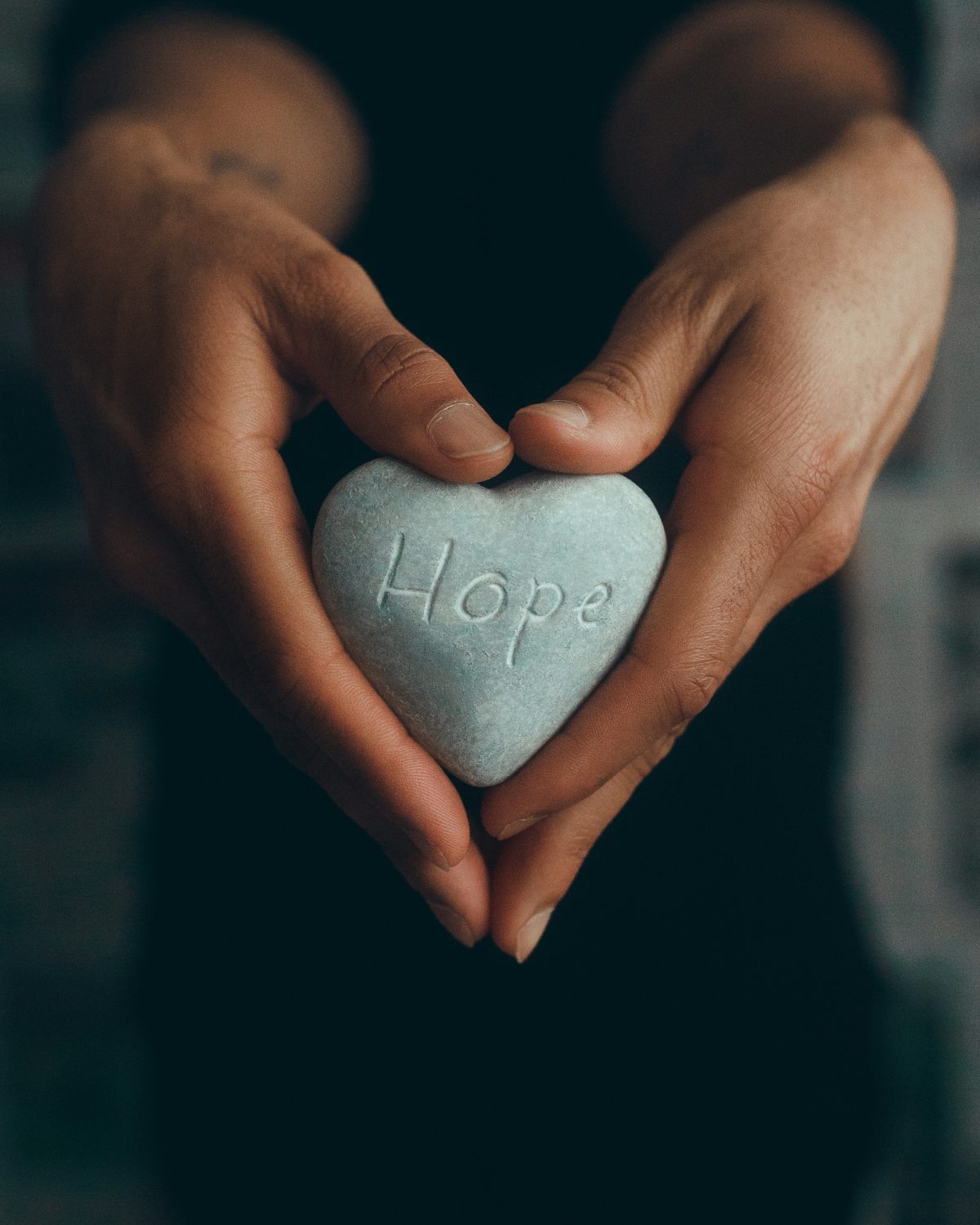There’s a lot of stigma around mental health disorders. The media often sensationalizes violent acts by labeling the perpetrators as “mentally ill” or “traumatized.” This portrayal is not only misleading but deeply harmful. In reality, people with mental illnesses are far more likely to be victims of violence than perpetrators. They often possess greater empathy due to their own struggles, making this media narrative an unjust misrepresentation—one that perpetuates ableism.
This stigma might be convenient for maintaining the status quo, allowing discriminatory systems to flourish by blaming trauma or mental illness for violent acts, while ignoring the systemic issues that breed these problems. For example, domestic terrorists and mass shooters are often painted as “lone wolves” with mental disturbances, rather than confronting the patterns of privilege and hate motivating their actions. This article will debunk these misconceptions by exploring the differences between mental health disorders and criminal behavior, the role of psychopathy in criminal profiling, and how restorative justice offers a truly effective solution to crime. This is because restorative justice, just like criminal profiling efforts, are not intended to explain away or sympathize violence but to put an end to violence, breaking the cycle that our prison system often exacerbates.
Understanding Psychopathy, Sociopathy, and ASPD
Mental illness and violence are often linked unfairly in the justice system due to confusion around what constitutes a mental disorder. Psychopathy, often used to describe violent offenders, is not a mental illness but a set of behavioral traits used in criminal profiling. These traits—superficial charm, lack of empathy, manipulativeness—help law enforcement understand and predict the behavior of violent offenders in order to stop them. These traits are not rooted in trauma nor do they explain, or justify, the perpetrator’s behavior.
Sociopathy and Antisocial Personality Disorder (ASPD) are also misinterpreted. ASPD is a diagnosable mental disorder recognized in the DSM-5, characterized by a persistent disregard for the rights of others, impulsivity, and tendencies toward deceitful or illegal behaviors. Even then, the majority of individuals with ASPD are not violent. Sociopathy, although not an official diagnosis, is frequently used interchangeably with ASPD. However, sociopathy is thought to involve more erratic, less calculated behavior than psychopathy. It is important to understand that neither sociopathy nor ASPD is caused by trauma, and most individuals with these conditions do not engage in violent behavior. There is a major difference between being a flawed individual that makes bad choices that cause others pain, and being a toxic individual that maliciously causes trauma.
The Harmful Effects of Stigma
It’s vital to understand that trauma and mental illness are not the causes of criminal behavior. Misinformation creates damaging stereotypes that often prevent people with mental illness from getting the help they need, and instead allow them to be funneled into the prison system. It is far too often that people who have experienced trauma, especially those that are people of color, are arrested unjustly and end up in the system.
This is a system that increases crime, as it functions like a revolving door. It sweeps up disenfranchised, often nonviolent individuals, putting them into environments where violence becomes a means of survival. Large corporations profit off their free labor, while individuals who need support are exposed to dangerous influences, including hardened criminals and people with psychopathic tendencies. These individuals perpetuate cycles of violence within prisons, grooming nonviolent prisoners to do the same. When they’re released, they will have a criminal record and be shut out from most opportunities. The parole system often sets them up to fail, sending them right back into the system. This environment only worsens crime, turning those who were once harmless into desperate people who must survive by any means necessary.
The Role of Restorative Justice
Restorative justice, on the other hand, breaks the cycle of violence. Contrary to misconceptions, restorative justice isn’t about letting offenders off easy—it’s about healing and accountability. It empowers survivors by giving them back a sense of control and ensuring offenders face up to the damage they’ve caused. The focus is on repairing relationships, restoring what was lost, and making amends, not through punishment alone, but through meaningful action. Offenders are required to contribute to healing and transformation, and this active participation in the process leads to real reform. It’s a path forward that not only repairs the harm done but also gives offenders a chance to rebuild their identities and social ties, reducing future harm.
This kind of justice is not about excusing or diminishing consequences—it’s about ensuring those consequences lead to something positive: a decrease in crime, a healing of wounds, and a society where we truly hold each other accountable in ways that foster growth and restoration. In this way, restorative justice reduces violence, brings peace to survivors, and creates safer communities for all of us. Survivors of crime deserve this level of justice and restoration.
Empowering Yourself in the Face of Misrepresentation
Restorative justice provides a framework not only for addressing crime but also for challenging how we think about accountability, healing, and community safety. Just as it rejects the notion that putting people in cages can solve violence, we must reject the harmful myths that mental illness and trauma are inherently tied to criminal behavior. While a perpetrator of violence may have experienced trauma, committing acts of violence is always a personal choice. These choices largely affect those most vulnerable, including those with mental illnesses.
If you live with mental illness, you deserve empathy, not judgment. Just as effective solutions to crime come from focusing on healing and reform rather than perpetuating cycles of violence. Your experiences add depth to your perspective, and while mental illness can present challenges, it also grants you incredible strengths—such as the heightened awareness and quick thinking many people with anxiety experience. Never let society’s ignorance define you. Anyone who tries to associate your struggles with criminality or worthlessness is both uninformed and undeserving of a say in how you see yourself.
For those who’ve endured trauma at the hands of toxic individuals, it’s easy to spiral into questions of “Why me?” while trying to make sense of someone else’s harmful actions. Scientists are still not in agreement about what leads to malicious, psychopathic behavior. Sometimes, there’s no explanation—people do bad things, and harmful systems exist. But these things do not define you. You are the main character of your story. If someone made you feel small, it was a reflection of their insecurity, not your value. They were just a chapter, maybe just a sentence in your story, but you? You are everything.
As Alan Watts beautifully said, “Happiness was always about listening to your heart and following it wherever it chose to go. […] Happiness was always about being kinder to yourself and embracing the person you’re becoming. […] True happiness comes from within, and no external factors can define it. It was always about you.”
Be kind to yourself!










